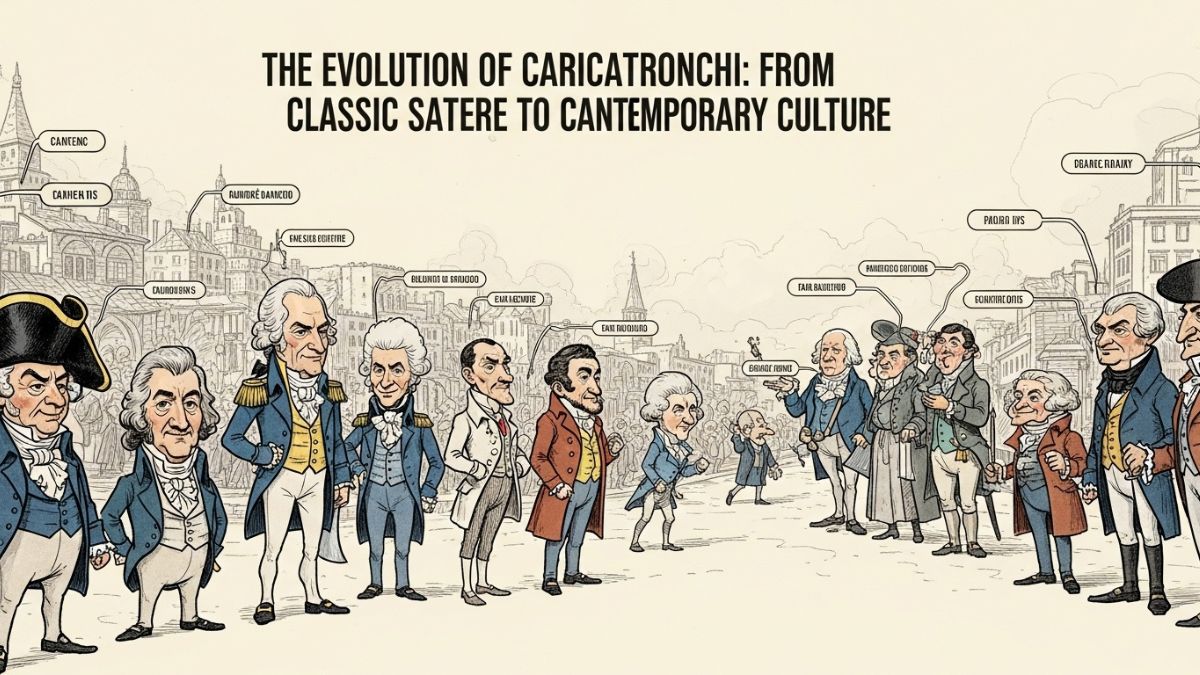The Māori language (te reo Māori ) belongs to the Austronesian language family, with its rich history going back to the 13th century. The descendants of Polynesian people arrived in New Zealand or Aotearoa (land of the long, white cloud) hundreds of years ago. As the local legend goes, the mighty traveler, Kupe and his wife found this new land and later inhabited the Northern Islands. These Polynesians were the first people of New Zealand and later derived their own culture, ways, and means of communication. But the last two centuries of the Māori language are filled with uncertainties, war, survival, strength, and identity.
Brief History of the Māori Language
With the arrival of English colonizers, the Māori language began to be limited to traditional Māori households. In the 20th century, there were movements and protests, highlighting the endangered state of the Māori language and culture. At the start of the twenty-first century, there were more than 125,000 New Zealanders with the ability to speak and understand the Māori language. Interestingly, Māori (te reo) was primarily the official language of New Zealand. Over time, the Māori language evolved with regional variations, mainly because its native population is dispersed across different regions of New Zealand.
Until 1820, it was normal for government officers and other institutions to converse in Māori. By 1920, with the increase in the number of English settlers, only a few schools remained with the Māori language as the medium of teaching, and most of them started teaching their children the English language. The slogan of Korero Pakeha (speak English) was found in multiple places. It was like a new change in which Maori people were forced to learn the English language. and the Maori language was ignored.
These are the key initiatives for the facilitation of the Maori language:
- Increased adoption and use of te reo Maori in public offices, national broadcast, and education.
- New Zealand’s biggest chocolate maker, “Whitetakers” started putting Maori translations on its products.
- The Maori party is working to adopt “Aotearoa” as the formal title of the country.
- National-level commemoration of “Te Wiki o te reo Maori” (Maori language week).
| Period | Events | Impacts on Māori Language |
| Early 1860 | English majority and dominance | Māori language confined to Māori communities |
| Late 19th Century | Discouragement of Māori language in schools and society | Rapid decline of Māori language speakers |
| Early 20th Century | Continued decline, Māori language primarily used in homes | English was encouraged as the language of education and employment |
| Post WW2 | Urbanization of Māori population | Accelerated decline of Māori language due to exposure to English |
| 1970s | Rise of Māori identity movement | Native people started to protest and wanted to learn Maori language |
| 1980s | New Māori language institutions were established (kōhanga reo, kura kaupapa) | Revitalization efforts begin |
| 1985 | Māori Language Act | Official recognition of the Māori language |
| 2024 | Substantial efforts are made to revitalize the Māori language | National level policy and implementation for the mainstream use of the Maori Language |
Importance of Professional Translation Services
Recently, the New Zealanders started a movement to regain the cultural place of Maori in Kiwi society. Additionally, the New Zealand government has launched a campaign with local names, places and events presented with Maori translations. The modern leadership of NZ has understood the crucial importance of the best Maori translation services for preserving the linguistic and cultural identity of the indigenous Maori language. With the state’s focus on the Maori language, there have been few bilingual signs put on display with inaccurate translations which caused embarrassment for the local government.
The program includes translating 94 types of road signs, names of places, speed limit, etc. Highlighting the need and importance of a professional translation agency. Because amid the linguistic and cultural reignition of the Maori language, these types of translation mistakes can cause humiliation. And it can put a halt to the sincere efforts to promote and facilitate the recognition of the Maori language across New Zealand. To increase familiarity with the Maori language everyone should know these basic Maori greetings.
| Maori Greetings | English Meaning |
| Ata Marie | Good Morning |
| Tena Koe | Hello |
| Tena Korua | Hello to two persons |
| Tena Koutou | Hello to more than two persons |
| Kia ora tatou | Hello everyone |
Takeaways
Language and culture are the doorways to the identity of people. After years of suppression and ignorance, the people of New Zealand have adopted the Maori culture with their unique symbolism and accepted it as a part of their identity. The whole country is taking the initiative to learn, accept, and facilitate the use of the Maori language. With the increased efforts to make the Maori language mainstream, the need and demand for professional Maori translation services increased by many folds.
ALSO READ: Unlocking the Mysteries of Possiblyethereal: A Comprehensive Guide











